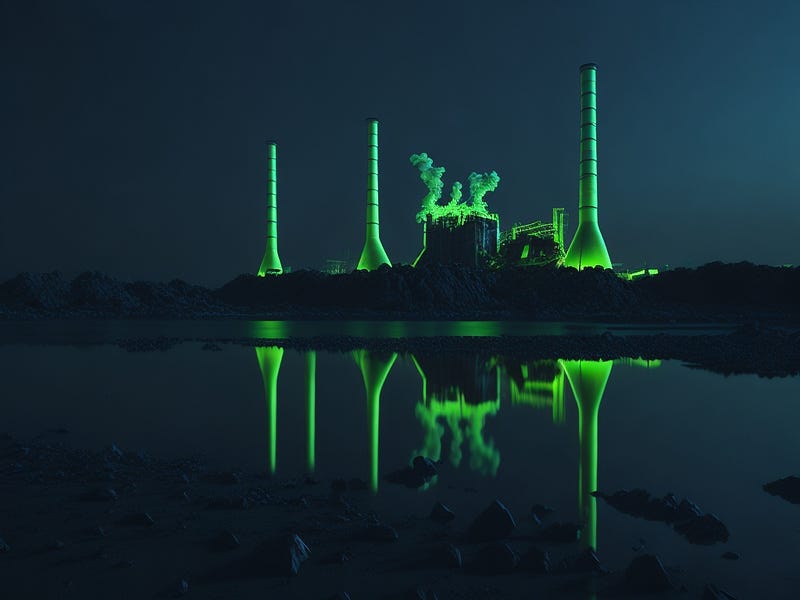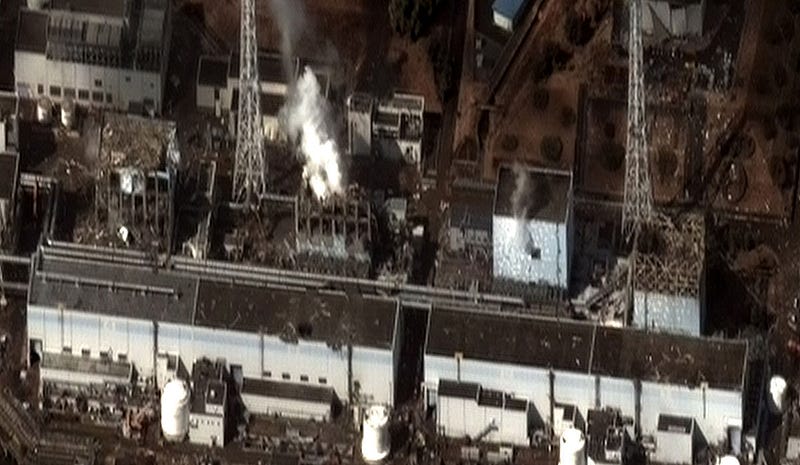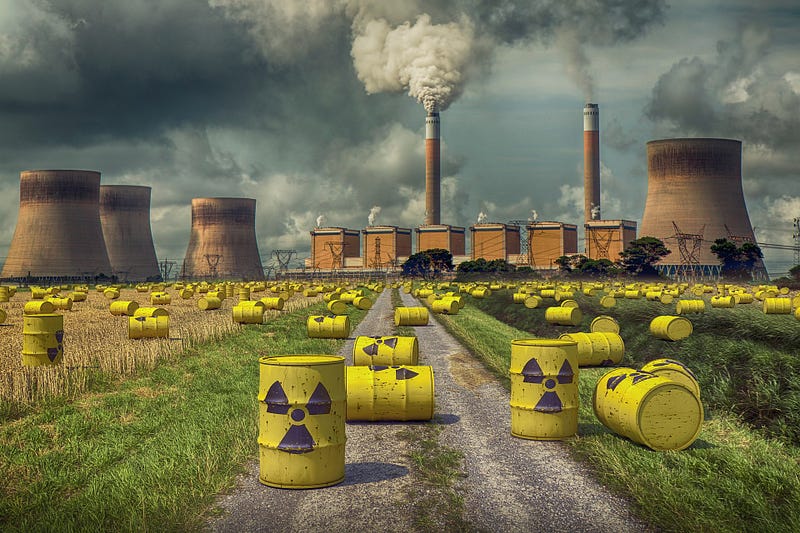Fukushima's Controversial Plan to Release Radioactive Wastewater
Written on
Understanding the Fukushima Situation
The ongoing situation regarding the contaminated water from the Fukushima nuclear plant has raised significant debate among experts and residents alike. There are serious concerns about the potential risks that this wastewater may pose to human health.

On August 24, 2023, Japanese officials announced plans to begin discharging wastewater containing tritium, a radioactive isotope, from the Fukushima-Daiichi nuclear power plant into the ocean. This decision has been met with controversy since its inception.
To grasp the full context, we need to revisit the events of 2011. A powerful 9.1 magnitude earthquake struck Japan's eastern coast, leading to two tsunami waves that severely impacted the nuclear facility. Following the meltdowns, seawater was used to cool the reactors, resulting in over 130 tons of contaminated water being generated each day for more than a decade.
Concerns from neighboring countries highlight the perceived environmental threats posed by this wastewater release. Experts warn that the repercussions may extend to future generations, potentially impacting ecosystems not only near Japan but also as far as North America.
In 2021, after extensive discussions, Japan decided to discharge 500,000 liters of this wastewater into the ocean daily. TEPCO, the plant's operator, asserts that their advanced filtration system, known as ALPS, removes all radioactive contaminants except for tritium.

Expert Opinions on Tritium's Safety
Tony Hooker from the University of Adelaide stated in an AFP interview that the tritium levels in the wastewater are significantly below the World Health Organization's drinking water limits. He emphasized that tritium is routinely released from nuclear facilities around the world, with no observed detrimental effects on either environmental health or public safety.
Nevertheless, not all experts are in agreement. Ken Buesseler, a marine radiochemist associated with the Pacific Islands Forum, has expressed skepticism about the filtration system's efficacy. He noted that while the radioactive release from Fukushima in 2011 was considerable, the levels detected off North America's west coast were vastly lower than those measured near Japan during the initial months of the disaster. He remarked, “I don’t think the planned wastewater discharges will irreparably damage the Pacific Ocean. We won’t die. It’s not that situation. However, it doesn’t mean we shouldn’t worry.”

Environmental Risks and Ongoing Concerns
Buesseler cautioned that the long-term effectiveness of the filtration system has yet to be established, highlighting other concerning contaminants that remain untreated, such as cesium and strontium-90, the latter being linked to increased risks of bone cancer and leukemia.
The Japanese government has consistently attempted to reassure skeptics by showcasing fish thriving in the contaminated waters. However, doubts linger regarding whether a twelve-year period is sufficient to fully assess the long-term effects of these contaminants on marine life.
Current projections indicate that the wastewater release process could span 30 to 40 years, with estimated costs reaching approximately $55 billion.
Exploring the Amber Room: A Mysterious Heritage
Where is the Amber Room located? Is it in Poland or perhaps Germany, where individuals with firsthand accounts reside?
Dear Readers
I want to bring attention to the challenges faced by content creators like myself on Medium.com. Despite dedicating considerable effort to crafting valuable content, the compensation we receive is often minimal. If you appreciate my articles, I would be grateful for your support on my “Buy Me a Coffee” page. Your contributions, regardless of size, can inspire me to keep creating engaging and thought-provoking content. Thank you for being a part of this journey!

